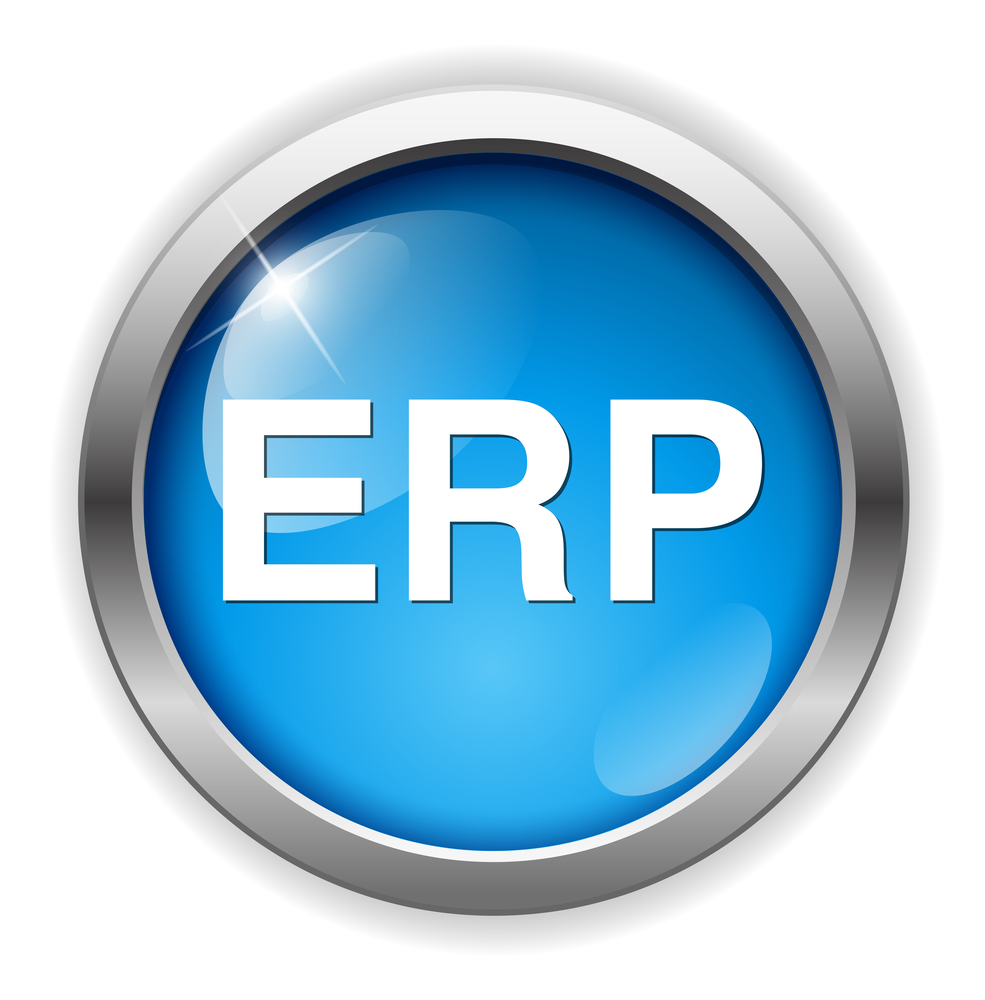Executives justify moving to a standard Enterprise Resource Planning (ERP) solution based on a number of compelling reasons. By supporting a single system rather than several smaller, disparate systems, businesses can enjoy economies of scale.
 Additionally, having a single application architecture with fewer user interfaces creates lower integration costs. Plus, through common tasks automation - as well as easier access to more information, best practice systems and procedures – enterprises can streamline operations and greatly boost efficiency.
Additionally, having a single application architecture with fewer user interfaces creates lower integration costs. Plus, through common tasks automation - as well as easier access to more information, best practice systems and procedures – enterprises can streamline operations and greatly boost efficiency.
While the case for standardizing on a single ERP system can be relatively straightforward to make, the costs and impacts are sometimes easy to overlook – unfortunately. Companies should take into consideration a number of factors to help ensure a successful implementation. Planning for ERP implementations is the single most important element to a successful ERP implementation.
Planning a Successful ERP Implementation 5 Strategic Components
- Create a cross-functional team: Implementing a new ERP system inherently raises the need to address how the business should run now and in the future. Creating new business processes, determining the necessary reporting, and identifying possible software customization require input from many areas of the organization. By building a cross-functional team, companies not only improve the likelihood that all areas of the business are addressed, but also help create buy-in that can drive the overall project’s success. All cross-functional teams should include certain key organizational functions such as: project management, IT, and executive management. In fact, the executive management function serves as the project’s cheerleader, referee, and coach. Implementation projects need senior executive involvement to ensure the right participation mix from the business and IT, and to resolve any internal conflicts.
- Set proper expectations to manage change: Now that the cross-functional team is in place, setting proper expectations both with this team and all employees is a very important next step. One area that needs to be addressed at the implementation onset is the time commitment required by key employees to participate on an implementation project team. Due to the disruptive nature of this project, many of the activities cannot be fully accomplished during normal working hours. There will be times when team members will need to perform their current job and then work on testing or file cleanup after-hours. A company also should set proper expectations to help manage the change that all employees will experience, using change management techniques prior to the change happening.
- Create new business processes in sync with the new ERP system: Although it may appear to be the “path of least resistance” not to change business processes when implementing a new ERP system, in the long run, the opposite is actually true. In most cases, companies that try to keep their current business processes eventually run into the same issues with the new system that they did with their old system. Retaining current business processes and paying the cost in time and money to change the new system can greatly affect a company’s budget, and compromise future ability to take advantage of system upgrades. With a sound business case, planning, and user availability to make decisions on configuration, companies can be successful at adopting new business procedures during an ERP implementation, and with the proper guidance, can effectively change the way people work. An implementation vendor can assist with defining and mapping these new end user processes based both on the company’s and industry’s best practices. Having a sound understanding up front of how business will be run after the implementation provides more time to manage the change and prepare users for it.
- Implement in a phased approach: Being strict with the original project scope is critical. Many times, changes are justified; however, one needs to also be aware of the “toy box effect” when users discover the new, rich ERP functionality and suddenly want it all now. This needs to be addressed before the scope changes grow out of control. Therefore, determining the exact post-implementation functionality early and sticking to it helps ensure a timely and on-budget implementation. Many companies take a planned, phased approach to their ERP implementation, by prioritizing key functionality they need on day one immediately after the implementation, versus the “nice to have” functionalities that can wait till the second phase. A phased approach allows the implementation team to focus on the company’s critical functionalities and to bring those software modules live as quickly as possible. In addition to realizing a return on investment as soon as possible, the “win” experienced by the team in successfully completing the first phase of the project is extremely motivating, creating momentum for initiating the second phase.
- Make the necessary time and financial investment: Project team leads and end users need to be given the time to get proper training, which may occasionally strain operations - end user adoption rates have been linked directly to the success and return on investment for ERP implementations. Be cognizant of the various learning styles adult learners have, such as visual or auditory, self-study or instructor-led, hands-on or observant. Companies need to make sure that they have a variety of training options and accompanying training tools/resources available not only before the implementation, but on an ongoing basis, as business processes and technology change. Overall, implementing an ERP solution is both a financial and time investment. Understanding the inherent importance of both of these components – from before day one – greatly reduces surprises and facilitates successful ERP implementation.

 Additionally, having a single application architecture with fewer user interfaces creates lower integration costs. Plus, through common tasks automation - as well as easier access to more information, best practice systems and procedures – enterprises can streamline operations and greatly boost efficiency.
Additionally, having a single application architecture with fewer user interfaces creates lower integration costs. Plus, through common tasks automation - as well as easier access to more information, best practice systems and procedures – enterprises can streamline operations and greatly boost efficiency. 

